What Is Inverted Filter On Camera?
In the ever-evolving world of photography and videography, various tools and techniques are constantly being developed to enhance the quality and creativity of visual content. One such tool that has garnered attention is the inverted filter on cameras. This article delves into the concept of the inverted filter, its applications, benefits, and practical tips for photographers and videographers looking to incorporate this tool into their work.
Understanding the Inverted Filter

An inverted filter, also known as a negative filter, is a camera filter that inverts the colors of an image. Essentially, it transforms the colors into their complementary counterparts. For instance, blue becomes orange, green turns to magenta, and red shifts to cyan. This inversion can create striking and surreal visual effects, making it a popular choice for artistic and experimental photography.
Applications of Inverted Filters
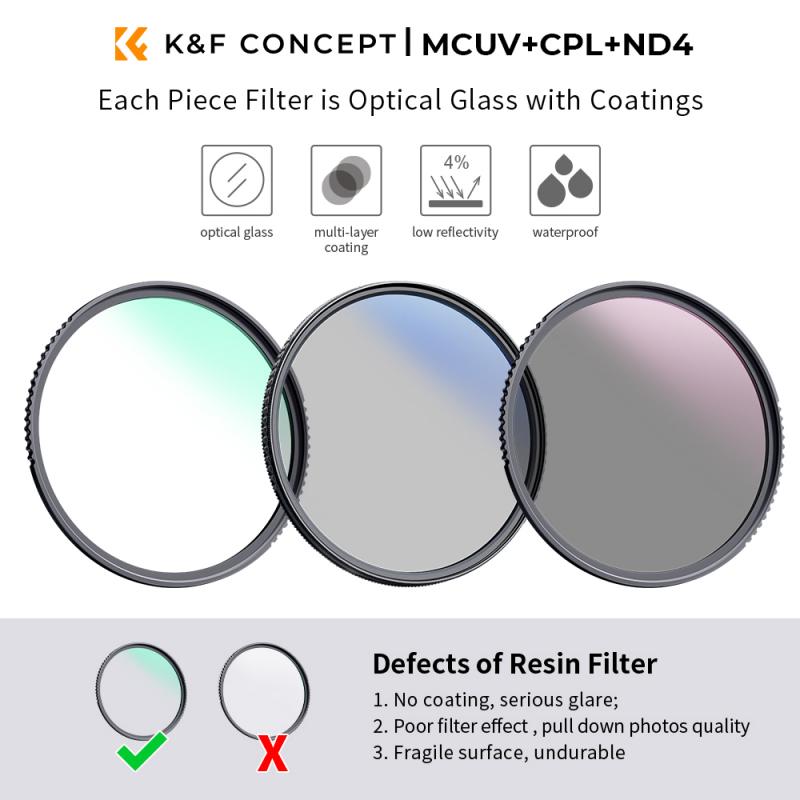
1. Artistic Photography: Inverted filters are widely used in artistic photography to create unique and visually captivating images. By altering the natural colors, photographers can produce abstract and surreal compositions that stand out from conventional photographs.
2. Highlighting Details: Inverted filters can be used to emphasize specific details in an image. For example, inverting the colors of a landscape photograph can bring out textures and patterns that might be less noticeable in the original image.
3. Infrared Photography Simulation: Inverted filters can mimic the effects of infrared photography, which captures light beyond the visible spectrum. This can result in ethereal and otherworldly images, often characterized by white foliage and dark skies.
4. Scientific Imaging: In scientific fields, inverted filters can be used to enhance the visibility of certain features in images, such as in medical imaging or astronomical photography. By inverting the colors, researchers can better analyze and interpret the data.
Benefits of Using Inverted Filters
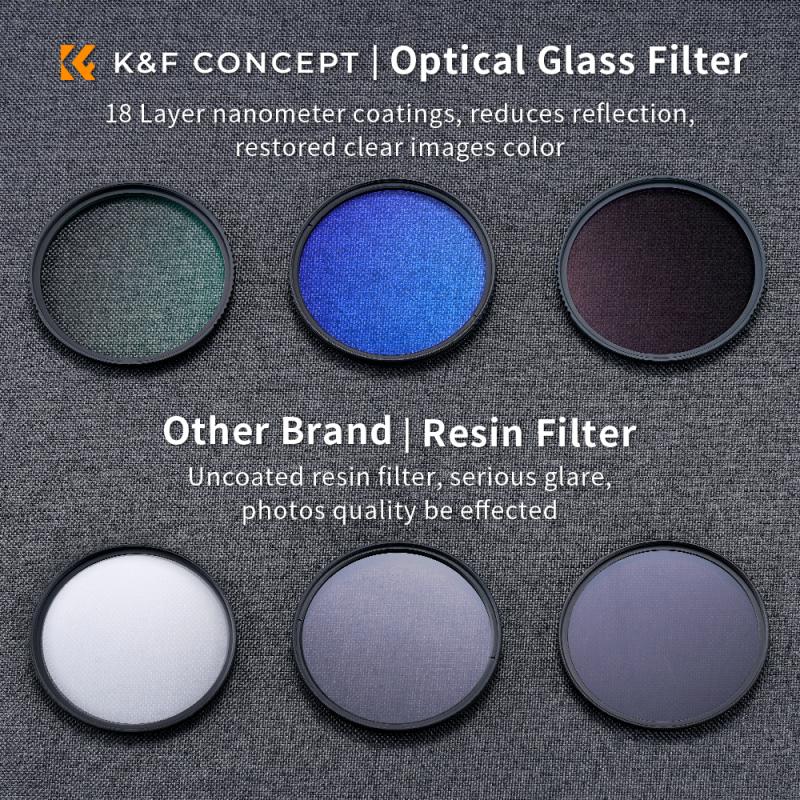
1. Creative Freedom: Inverted filters provide photographers and videographers with a new avenue for creative expression. The ability to transform ordinary scenes into extraordinary ones can inspire innovative compositions and storytelling.
2. Enhanced Visual Impact: The striking contrast created by inverted colors can make images more visually impactful. This can be particularly useful in advertising and marketing, where grabbing the viewer's attention is crucial.
3. Versatility: Inverted filters can be used in various genres of photography, from landscapes and portraits to macro and abstract photography. This versatility makes them a valuable addition to any photographer's toolkit.
4. Post-Processing Flexibility: While inverted filters can be applied during the shooting process, they can also be added in post-processing using software like Adobe Photoshop or Lightroom. This flexibility allows photographers to experiment with different effects and fine-tune their images.
Practical Tips for Using Inverted Filters
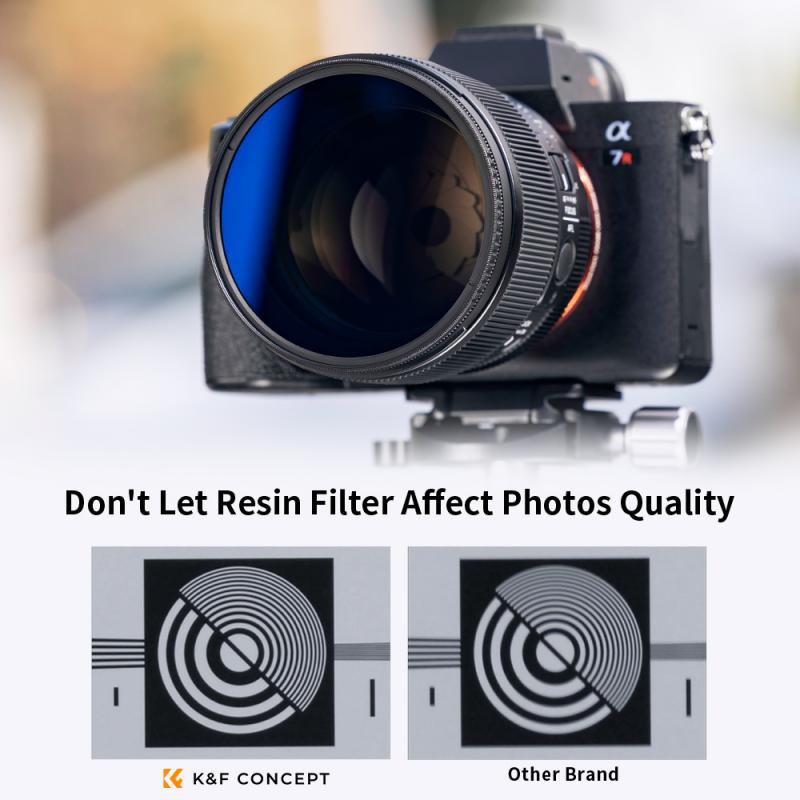
1. Experiment with Different Subjects: To fully explore the potential of inverted filters, try using them on a variety of subjects. Landscapes, architecture, and even everyday objects can take on a new dimension when their colors are inverted.
2. Pay Attention to Lighting: Lighting plays a crucial role in the effectiveness of inverted filters. High-contrast lighting can enhance the dramatic effect of inverted colors, while softer lighting can create more subtle and dreamy images.
3. Combine with Other Filters: Inverted filters can be combined with other filters, such as polarizers or neutral density filters, to achieve even more unique effects. Experimenting with different combinations can lead to unexpected and exciting results.
4. Use in Moderation: While inverted filters can produce stunning images, it's important to use them in moderation. Overuse can lead to a loss of impact and may make your portfolio appear gimmicky. Balance is key to maintaining a professional and cohesive body of work.
5. Post-Processing Techniques: If you're applying the inverted filter effect in post-processing, take advantage of the various tools available in editing software. Adjusting contrast, saturation, and sharpness can help refine the final image and enhance the inverted effect.
The inverted filter is a powerful tool that can transform ordinary photographs into extraordinary works of art. By inverting the colors, photographers and videographers can explore new creative possibilities, highlight details, and create visually impactful images. Whether used in-camera or in post-processing, inverted filters offer a versatile and flexible approach to enhancing visual content.
As with any photographic technique, the key to success with inverted filters lies in experimentation and practice. By trying out different subjects, lighting conditions, and filter combinations, you can discover the full potential of this unique tool and incorporate it into your creative workflow. Whether you're an amateur photographer looking to expand your skills or a professional seeking to add a new dimension to your work, the inverted filter is a valuable addition to your photographic arsenal.





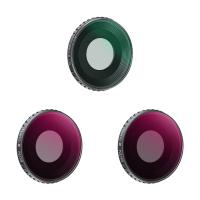

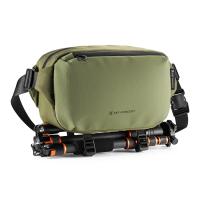











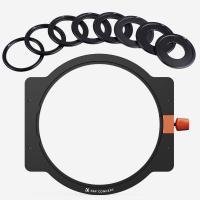
-200x200.jpg)

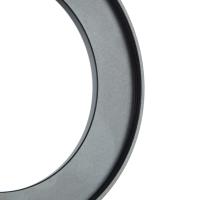
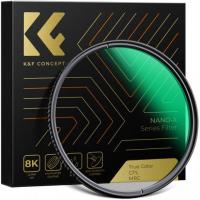




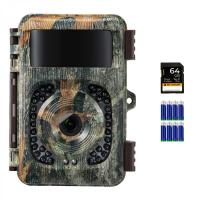






There are no comments for this blog.